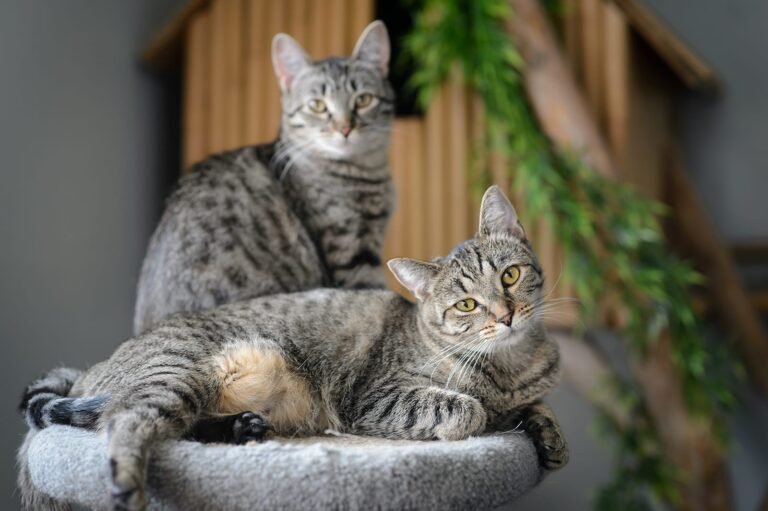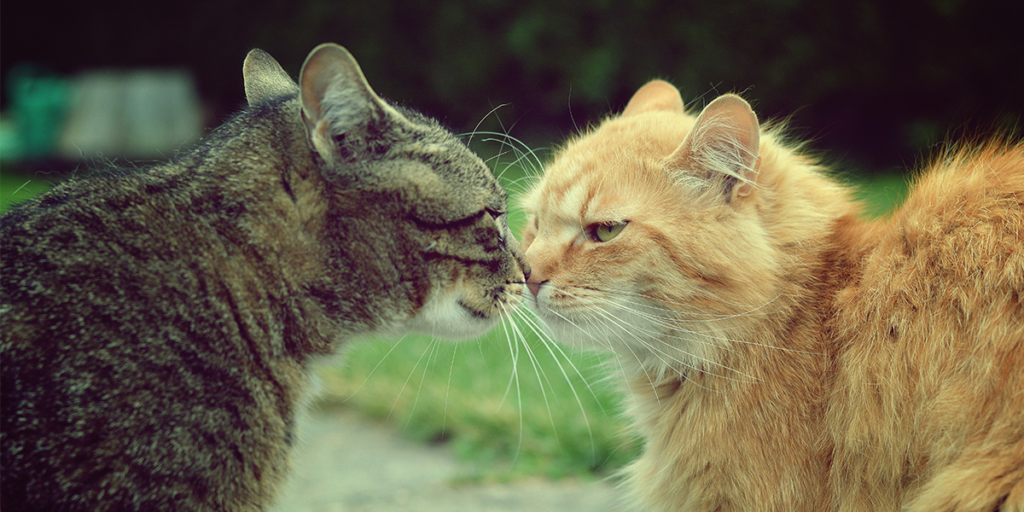Introducing cats to each other requires finesse and patience to build a harmonious feline family. Whether you’re adding a new cat to your household or merging two existing ones, follow these expert tips for a successful introduction.
Prepare a Safe Space
Begin the process by designating a separate room for the new cat, complete with essentials like food, water, a litter box, and a cozy bed. This safe space will act as their initial haven, reducing stress during the introduction.
Scent Exchange
Initiate a scent exchange between the cats by swapping bedding or toys. This allows them to familiarize themselves with each other’s scent, creating a sense of recognition before the face-to-face meeting.

Visual Introduction
Use a slightly cracked door or a baby gate to enable visual contact without direct interaction. Observe their reactions – curiosity is a positive sign, while hissing or growling may indicate stress. Adjust the pace based on their comfort levels.
Feeding Time Unity
Associate positive experiences with each other’s presence by feeding both cats on opposite sides of the door or gate. Gradually move their food bowls closer over time, reinforcing positive associations during mealtime.

Rotate Spaces for Familiarity
Allow the cats to switch spaces periodically, enabling them to explore each other’s territories without direct confrontation. This step helps in minimizing territorial disputes, creating a smoother transition.
Interactive Play
Engage both cats in interactive play sessions using toys. Shared positive experiences during playtime can foster a bond between them, promoting a positive association with each other’s presence.
Supervised Meetings
When you sense they are ready, organize a controlled face-to-face meeting in a neutral territory. Have treats on hand to reward good behavior, creating positive associations and reducing potential conflicts.

Patience
Recognize that cats may take days or even weeks to acclimate to each other. Avoid rushing the process and be prepared to revert a step if tensions arise. Patience is key to a successful introduction.
Vertical Spaces
Provide vertical territory with shelves, cat trees, or window perches to give each cat their space. This reduces competition for resources and ensures a harmonious coexistence.
Seek Professional Guidance if Needed
If tensions persist or escalate, consult with a veterinarian or a professional animal behaviorist for personalized advice. Their expertise can offer insights tailored to the specific dynamics of your feline family.

Most Common Questions
The timeline for cats getting used to each other varies. It can take anywhere from a few days to several weeks. Patience is key; allow them to adjust at their own pace.
Hissing is a common expression of stress or fear during introductions. While it’s not ideal, it’s a normal part of the process. Monitor their interactions and intervene if hissing escalates into aggression.
Introducing cats too quickly can lead to stress, fear, and potential aggression. Cats need time to establish territory and get accustomed to each other’s scent before direct contact. Rushing may result in conflicts.
Signs that cats may not like each other include aggressive behaviors, excessive hiding, or prolonged avoidance. Watch for flattened ears, hissing, or swatting. If negative behaviors persist, consider seeking professional advice.
Every cat is unique, and the introduction process may vary. By following these comprehensive steps, you increase the likelihood of a peaceful coexistence, fostering a happy and balanced feline family. Navigate the delicate dance of cat introductions with confidence, creating a harmonious environment for your beloved feline companions.


